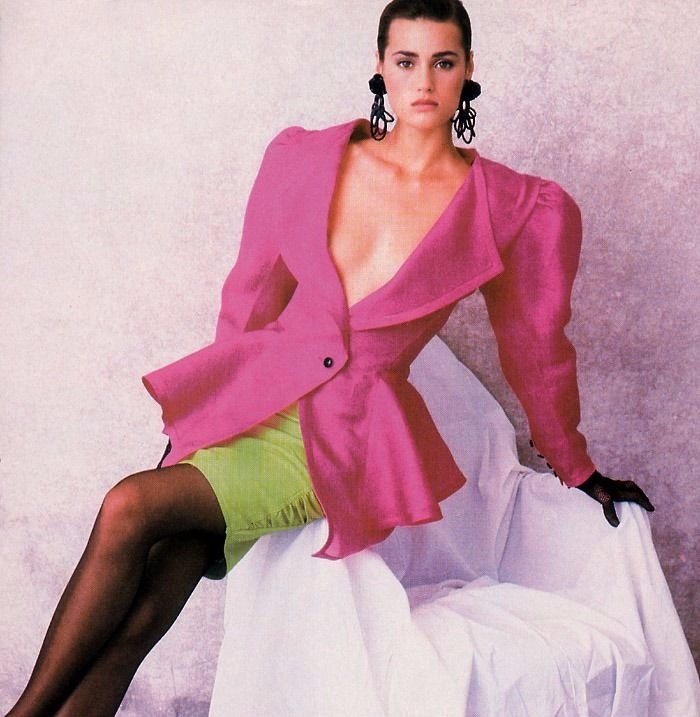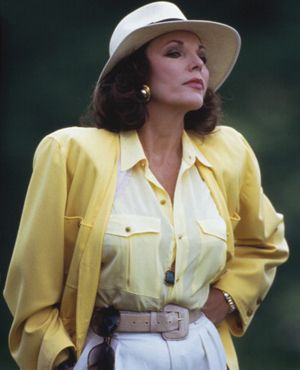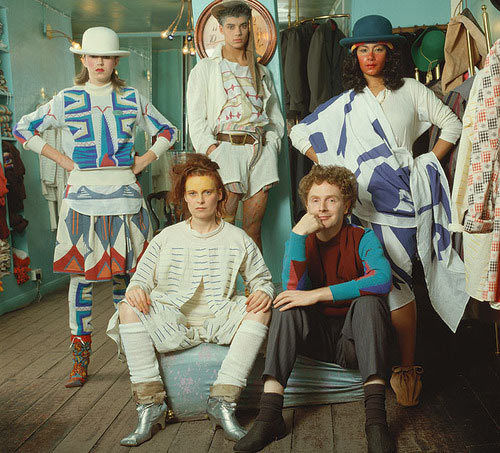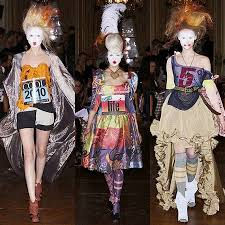
Modernity
The pain from the war and the post-war was very far away and a new complex context full of eager and hope had come. An expansion of the middle class and the consumers had taken place, specially among young people. This new niche in the market didn't exist before, it appeared during the 60s; before that, young people couldn't afford to buy that much. Consuming became a source of gratification and a vehicle for identification inside a group filled with people that had the same interests.
Pop Art and Op Art
-
The work of art is completely and directly brought to the fashion piece. Warhol's compositions become patterns.
-
New consuming attitude: buy and throw away products.
-
Birth of the mini-skirts.
-
Use of new materials like vinyl and patent leather.
-
Bright colors.
-
Peculiar patterns that represent works of art.
POP ART
The first person to use it is Richard Hamilton in 1956 in his collage. Pop Art is considered to be from the US, although its roots were in the UK. It rejects abstraction and searches for figuration. It makes a great use of iconography that is represented through daily objects, comic elements and advertisements. Its main figure is Andy Warhol, who turned daily object portraits into works of art. Roy Linchestein opened the aesthetic to the comic world. He used thick strokes to contour and bright complementary colors like blue, red and white.
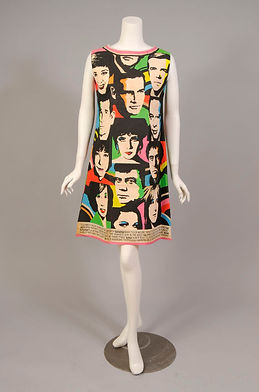
OP ART - Optical Art
It appears during the middle 60s and becomes popular after an exhibition at the MoMA called “Responsive eye”. It is the development of optical illusions. It's a game of geometry and an absolute dominance of the perspective that creates optical illusions for the viewer. It plays with human perception.
-
Use of black and white.
-
Big pattered pieces of cloth. Very big sized clothing.
-
Couruegues and Valentino
Dress with an Andy Warhol's pattern on it


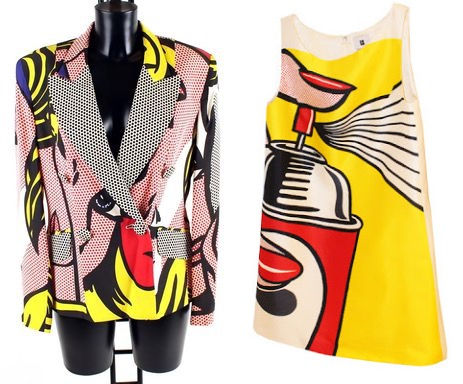
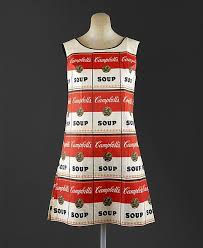






Hippie Movement
-
It was a lifestyle more than just a movement because it did affect a lot of areas a person's life (fashion, ideology, political ideas, music...).
-
It's was a counterculture. It had a critical attitude towards consumerism and defended ecology, peace and affection.
-
Born in San Francisco during the 60s.
-
It didn't create an original design but it did create an aesthetic,
-
It created new lifestyles that affected Fashion.
-
Birth of the DIY culture.
-
There was an overlapping of clothes, dream dresses, V-shaped cleavages and necklines and flowy loose clothes.
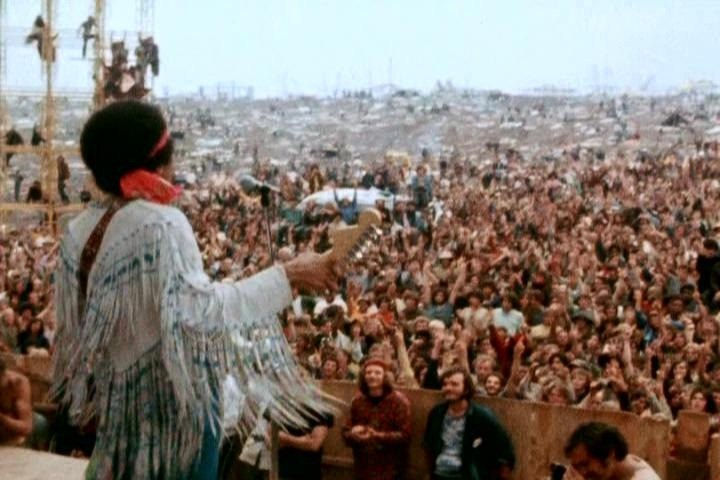
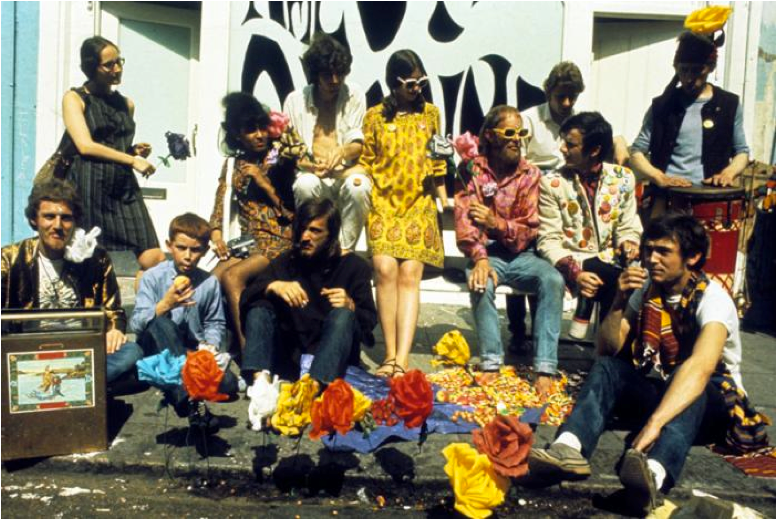
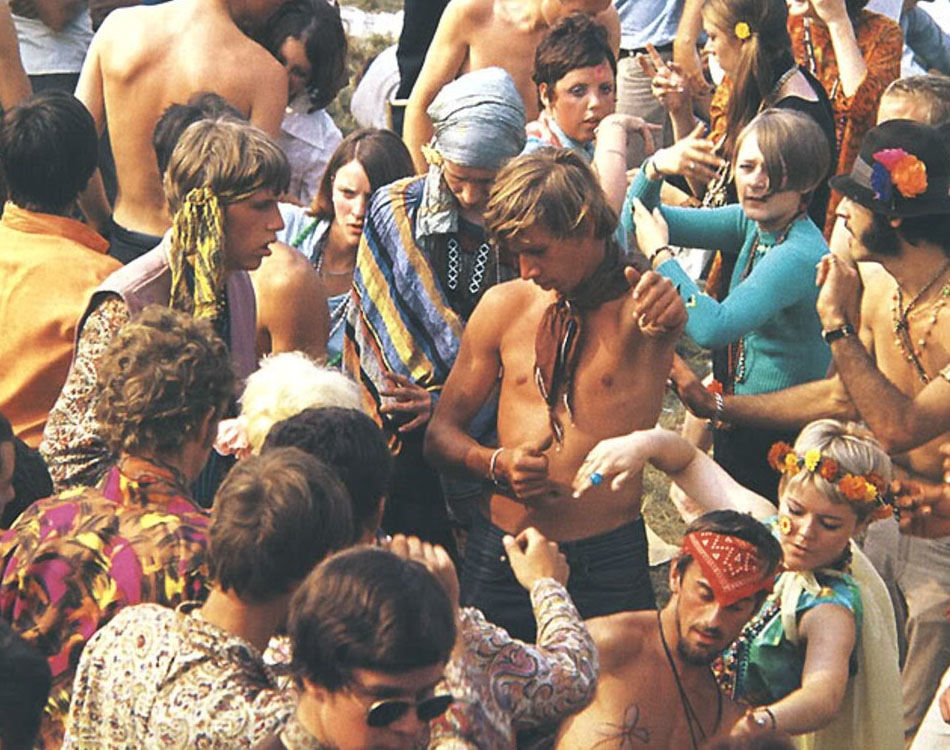
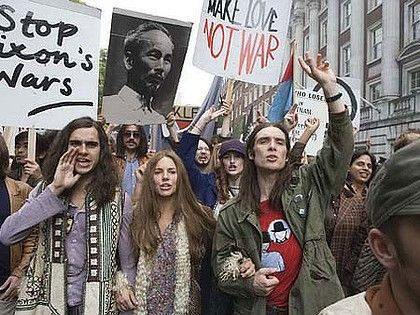




Psychodelia
-
It was based on Surrealism. If Op Art was about optical illusions, Psychodelia was about hallucinations. It had to do with the high ingestion of hallucinating substances and drugs during that period.
-
Color was the most important thing.
-
Whites, black and silvers. It was very common to find silver booties, for example.
-
Bright elements.
-
Suns and Moons patterns.
-
Paco Rabanne was one of the most influential designers. He created modular dresses that had metallic elements embroided that were articulated with the person.
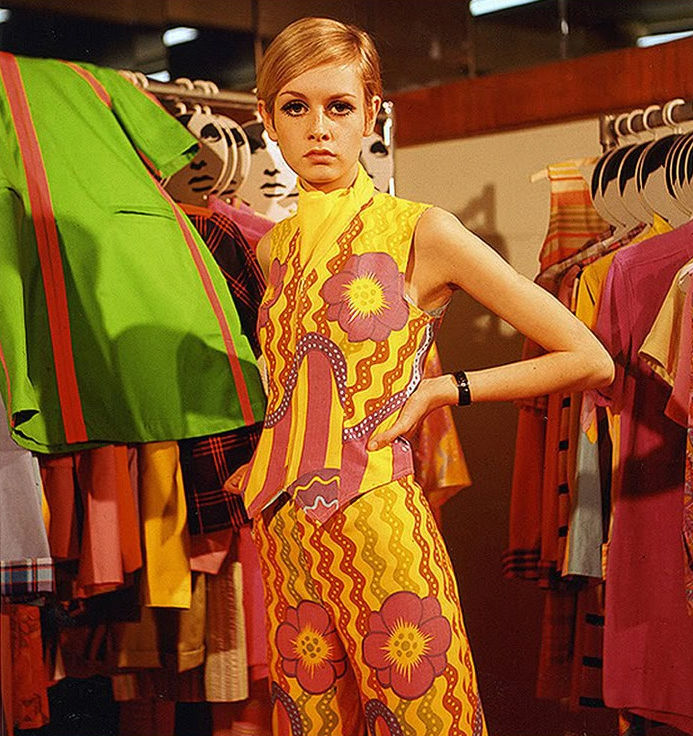
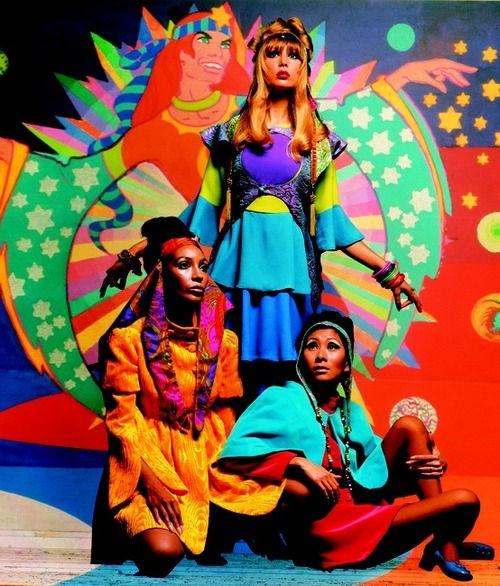

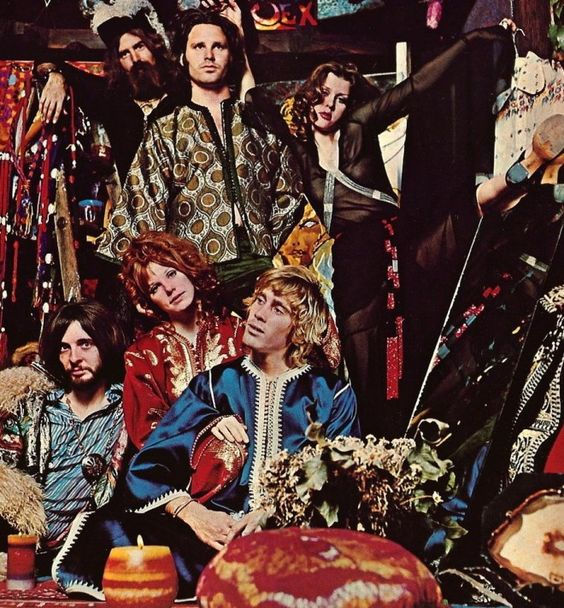




Post-Modernism
It criticized Modernity, the functionality, the lack of spontaneity and the universality of the Modernity. Post-Modernity defended individuality, the rejection of Utopia and collectivism. There was a crisis in the middle class during the 80s that affected all the areas. The post-modern values were pleasure, playing and games and relaxation.
-
Sporty or/and casual style.
-
Tendency towards risk taking, in Fashion too.
-
The importance of volumes: oversized clothing and skinny pants.
-
Juppies and young people wanted to be tredy.
-
Shoulder pads.
-
Eclecticism: addition of elements, usually a skirt and jacket. The biggest designer of this trend was Vivienne Westwood.
